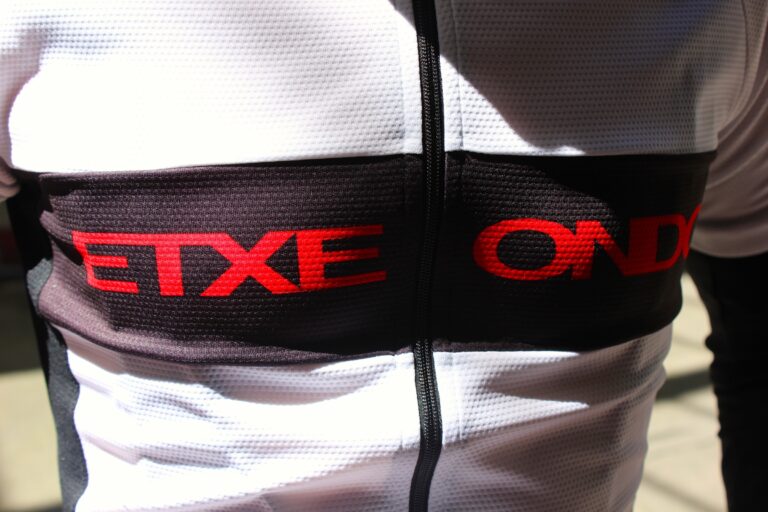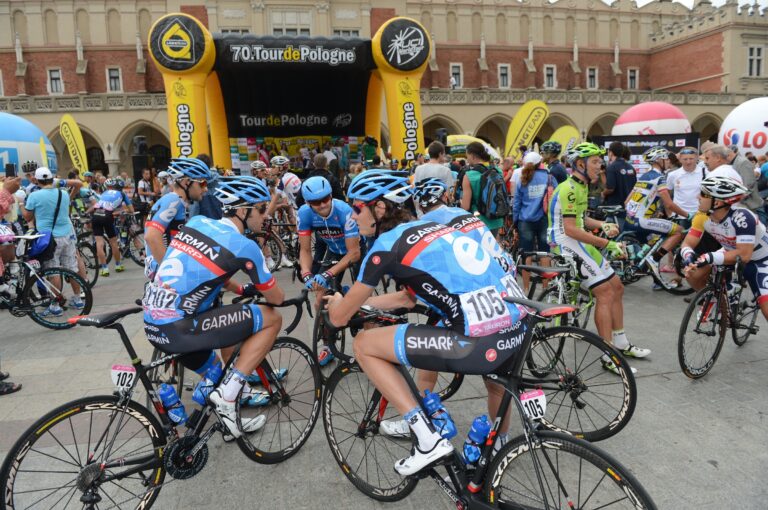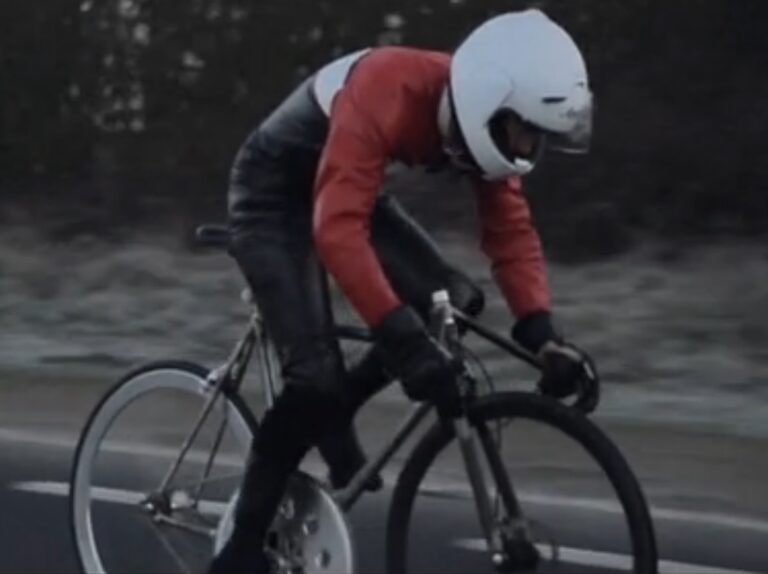It’s funny, I’ve always thought that time flies when you’re riding a bike and, despite the fact I was literally just wobbling my way down the garden path (or more likely hanging on for dear life) as my first trike ‘led the way’ it’s reassuring to know that in that same year, back in 1982, an event was born in the heart of the French Alps that would not only inspire thousands of cyclists over the three decades that followed, but would also pave the way for the mass participation challenge rides that would go on to be known as ‘cyclosportives’.
Roll forward the years and the lure of La Marmotte is still as strong as ever with more than 6,000 online entries regularly being snaffled up within the first 24 hours of going live, so what’s the attraction?
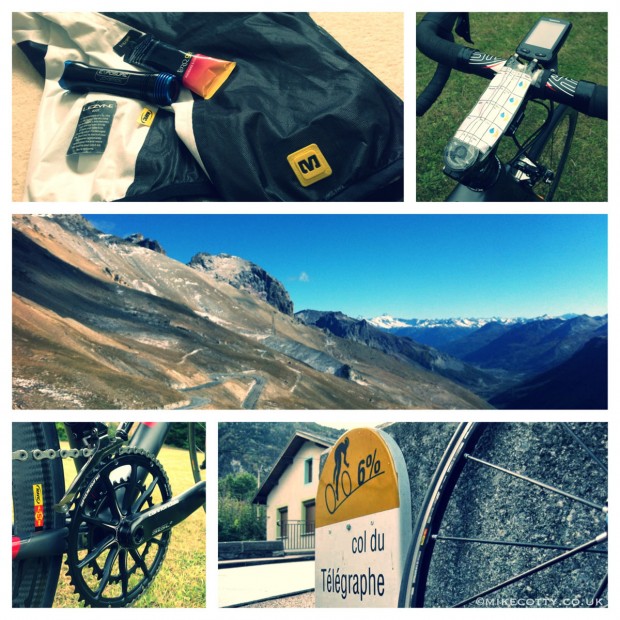
Well, the beauty of La Marmotte is that it leaves very little to the imagination. A quick glance at the profile is enough to have your stomach doing summersaults even before you’ve coined out the 60 euro entry fee. With 5,180 metres of climbing over its 174km (108-mile) route and featuring a who’s who of Tour de France classic cols – namely the Cols du Glandon, Télégraphe, Galibier and Alpe d’Huez – whatever your inner chimp tells you there’s only ever going to be one conclusion… without question, this is one serious challenge.
If you’re lucky enough to be heading out to Bourg d’Oisans for this year’s event on (Saturday) July 6 then now is the time to make your final preparation, ensuring you get the most from yourself and the event on the day.
Fit for purpose
So let’s put all that climbing into perspective. If you were to start off at sea level, start pedalling and tilt yourself directly skywards until you reach 5,180 metres elevation, where would you end up? Well it’d put you at the same altitude as the northern base camp on Mount Everest for starters. Needless to say, that’s a heck of a lot of climbing!
I think sometimes the Col du Glandon can be overshadowed by the prospect of tackling the Col du Galibier and Alpe d’Huez later in the day. Whatever you do don’t under estimate this little monkey, pace yourself accordingly for the 25km ascent and take note that the steepest section at, over 10 per cent gradient, comes just after a short downhill 12kms in.

The first part of the descent to St Etienne is viciously technical off the top before it opens up. Whatever you do don’t push too hard on this part or you could find that your day ends early as the road suddenly runs out and you’re still doing 70kph with nowhere to go. Be very aware of everyone around you and hold your line as you carve the bends. It sounds obvious but I’ve seen some crazy maneuvers by riders cutting from one side of the road to the other across the apex of the bend with absolutely no consideration for those around them.
The Col du Télégraphe is all about finding a good comfortable rhythm and sticking to it. It’s a constant gradient of around 6-7 per cent over its 12km length which means you don’t have to worry about changes in pitch that can sometimes unsettle the legs – the next climb on the menu will do that!
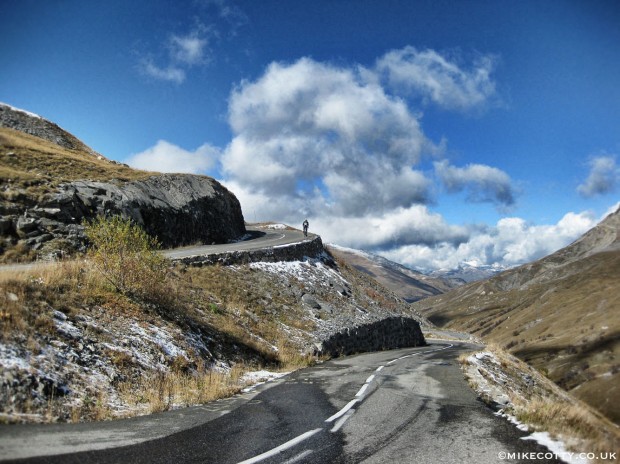
From Valloire, the Galibier is 18km long, with the first handful of kilometres gentle in gradient. For me the climb really starts with 8km to go as you see a sharp right hand hairpin ahead of you as the road ramps up and snakes back on itself. I’ve ridden the Galibier a fair few times and every time on this corner, just to make matters worse, I’ve been met with a loving headwind. There’s no other way but to grind it out. The gradient rarely drops much below double figures until the last couple of kilometres when it pitches up even more just to give the legs another wake up tweak! At 2,645 metres elevation the views are breathtaking as is the sheer magnitude of this fantastic mountain.

It may seem like it’s all downhill until Bourg d’Oisans and the foot of Alpe d’Huez and, while for the most part it is, there are a couple of cheeky little drags and tunnels to watch out for following the warp speed descent of the Col du Lautaret. Make every effort to eat and drink at any given opportunity throughout the day. The valley section before the Télégraphe and this point are good chances to re-fuel, while it’s also advisable to familiarise yourself in advance as to the location of each of the feed station along the route.
Alpe d’Huez needs little introduction as one of the most iconic climbs in the Alps and a frequent centre piece of the Tour de France. At this point in the day it could be stiflingly hot. The first two kilometres are the steepest at over 10 per cent gradient before the road eases back a touch and you can start to think about trying to turn your legs in circles once more.
With each of the 21 hairpins named after stage winners from the Tour, it’s a welcome distraction as you trace your way up to the finish at 1,815m. Fatigue will no doubt be starting to set in to every part of your body by now so it’s important to try and relax, remind yourself that this is one of the hardest cyclosportives in the world and just to get to this point is an admirable achievement. Stay focused. Just a little bit more and you too will be a La Marmotte finisher.

Be prepared
With just a few days to go, now is not the time to start stressing about last minute training. The most important thing to concentrate on is good quality sleep, food and hydration to make sure your body is fully recovered.
Keep the legs supple with gentle rides that are geared towards recovery as opposed to what you may normally refer to as training. A couple of short sharp sprints in an easy gear can be used to keep your system awake but you should be finishing a ride feeling good not goosed.
As a rider that likes to maintain a high cadence when climbing I normally ride in the mountains with a compact 50-34t chainset and a 25 sprocket on the rear. Now is the time to make sure that you have the right gearing setup for your riding capability and preference. Don’t be afraid to run a larger cassette and lower gears than you would back home. I can guarantee you’ll have the last laugh in doing so.
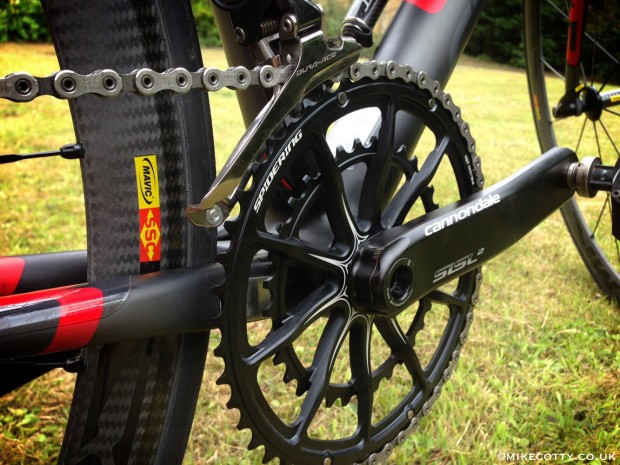
Pack a lightweight shell even if it looks like it’s going to be a beautiful sunny day ahead. The forecast can only predict so much and I’ve seen summer turn to winter in a matter of minutes when in the mountains. Keep a watchful eye on the weather in the run-up to the event and make sure that your kit bag is equipped accordingly. Even on the warmest days the chill at the top of the Galibier, and following descent, have meant every time I’ve ridden it a packable shell and arm warmers have been essential.
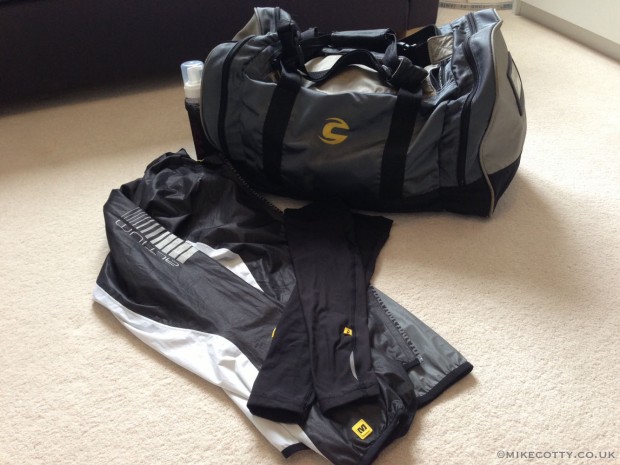
If you’re driving over remember to take regular breaks to stretch your legs. In other words, don’t make the same mistake I did with driving from Calais to Bourg d’Oisans in one hit, only to wake up the next morning with glutes like harp strings and a strained Achilles tendon from keeping my right foot balanced on the accelerator pedal for far too many hours.
For those flying, make a point of getting to the airport early. Not only is there less stress knowing that you have time in hand before departure but I always think that if any luggage is going to be left behind it’s going to be a late bike box turning up at check-in minutes before its about to close. Don’t let it be your bike that’s left behind. You may be able to live without your wife or husband for a few days, but the bike? Not a chance!
Final tips
Check that all of your equipment is in good working order. Replace tyres and pack a spare just in case. As well as the regular saddle bag essentials such as tubes, chain splitter, multi-tool and money, throw in a little something that can be used in an emergency to line your tyre should the unthinkable happen and you hit something harder than you should.
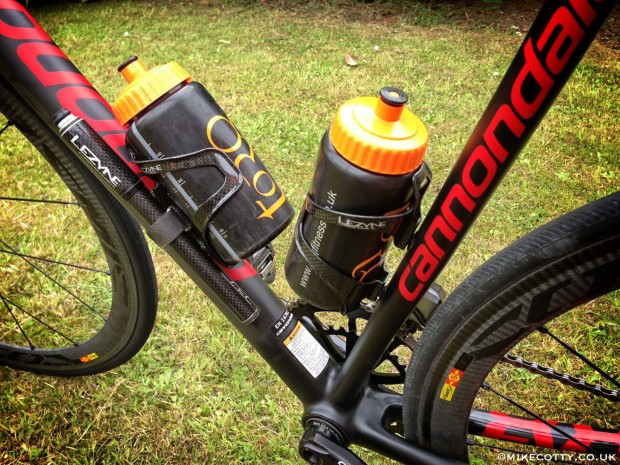
Fit bottles and pump to the bike to leave pockets free for food, phone and essentials.
Although you may not need it on the ride itself, I always throw a little torch into my kit bag for two simple reasons:
1) I have the bladder the size of a gerbil which means multiple trips to the toilet each night. Not so easy when trying to negotiate the landing of an unfamiliar guesthouse in the dead of night.
2) With a 7am event start you’ll need to be thinking about rising and shining (well, rising… you can leave the shining until after the coffee has brewed) at around 4am for breakfast. Once again your handy little light becomes a best friend as you prepare for one of the greatest days of cycling ahead.
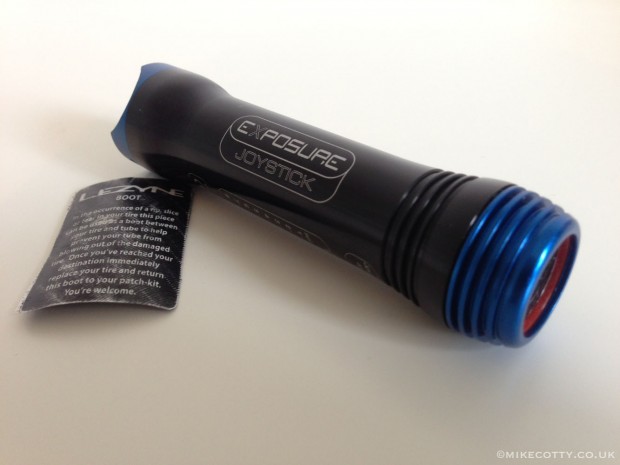
Make a note of the key points on the course (feed stops, summits, distances) and stick them to your stem. It may look like a little crude taped to your handlebar but it’s amazing how information that’s been in the front of your mind for days beforehand suddenly eludes you as fatigue starts to creep in.
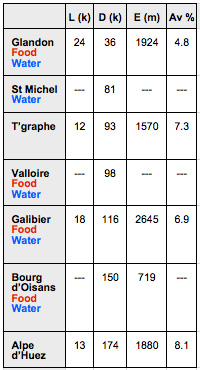
The last word
Yes, La Marmotte is a monster, there’s no denying that 174km, with more than 5,000 metres of elevation and four iconic climbs is a massive challenge, but whatever happens on the day you have to remember – take your time, relax, don’t get carried away at the start and above all enjoy the experience. It really is one of the most satisfying and rewarding rides you’ll ever do.
Bedtime viewing
For further information and a full ‘on the road’ analysis of the route, a digital download or DVD is available here courtesy of Cyclefilm.
Bon courage!
Mike Cotty
Website: Mike Cotty
Twitter: @cottydale
Google+: Mike Cotty

